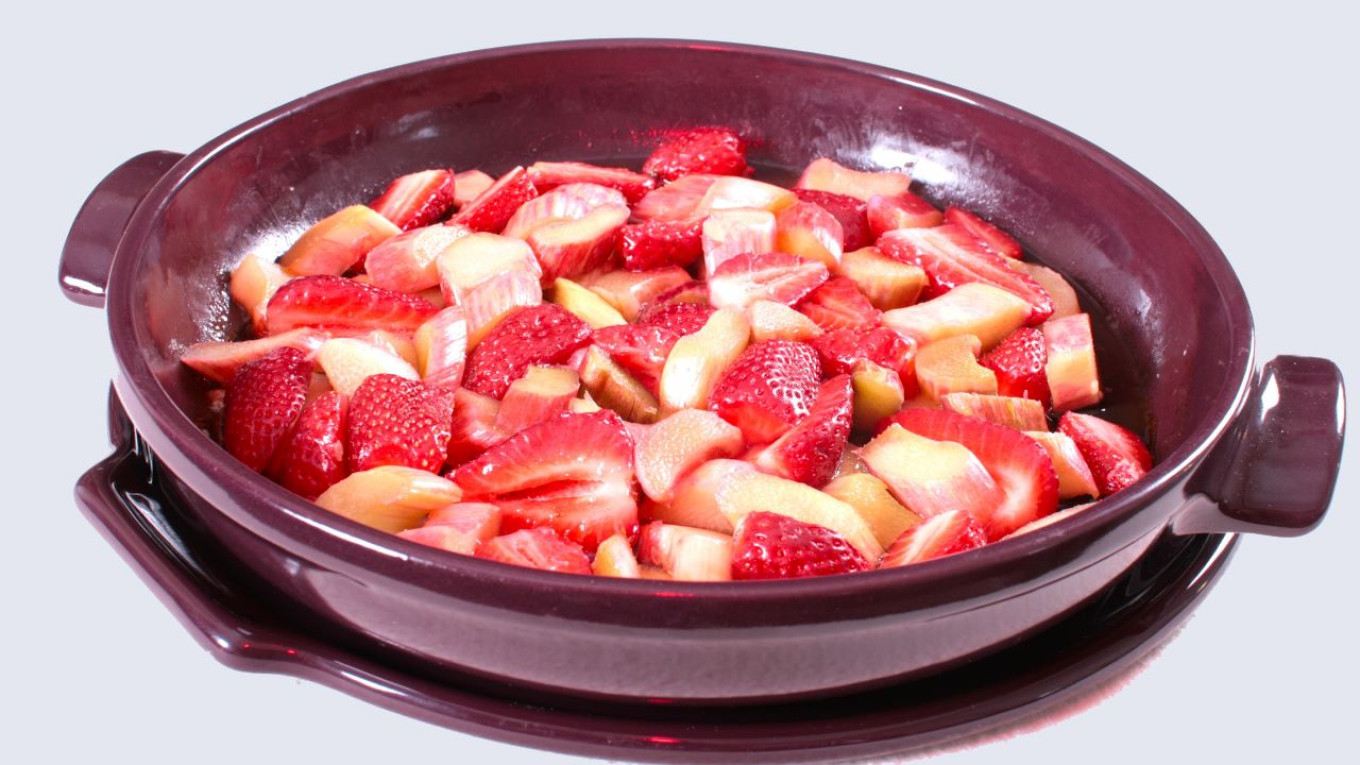Rhubarb is a plant with many virtues. Although it is sometimes overlooked today, a hundred or more years ago it was used in many ways in many different dishes. From ancient times it has been used in pies, salads, fruit drinks and as an accompaniment to meat.
For example, in the "Chef's Calendar" published in 1808, there is mention of a salad made of burdock rhubarb (Rheum palmatum) and beets: "Cut roasted beets and rhubarb into thin slices, alternate them in a salad bowl and pour over them a salad dressing made with pepper and mustard."
Despite much evidence to the contrary, a historical misconception continues to be propagated. Most publications about rhubarb state that it first appeared in Russia in the late 19th century when the famous traveler Nikolai Przhevalsky brought its seeds from Asia. This episode certainly took place, and he really did bring seeds of Rheum palmatum to the St. Petersburg Botanical Garden. But the truth is very different: rhubarb has always grown in Russia. This plant, considered a weed of the species Rheum rhabarbarum, has always grown along fences and roads. And it has always been eaten.
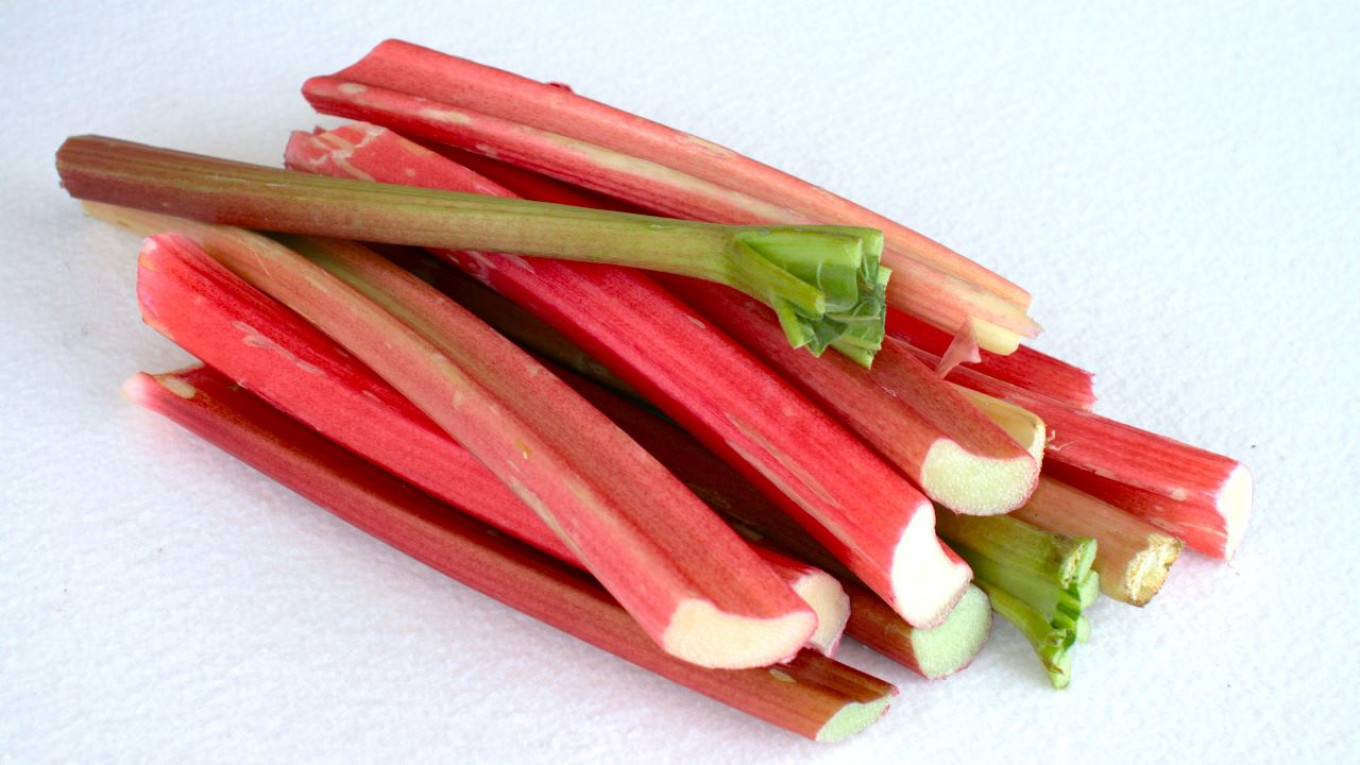
Rhubarb root was most often eaten in salads, although there were many regional recipes for the plant. For example, in article about life among Altai peasants in the middle of the 19th century, the Russian Word magazine wrote: "Stems of rhubarb are steamed in the oven and eaten with honey, used in pies or boiled to make rhubarb borscht."
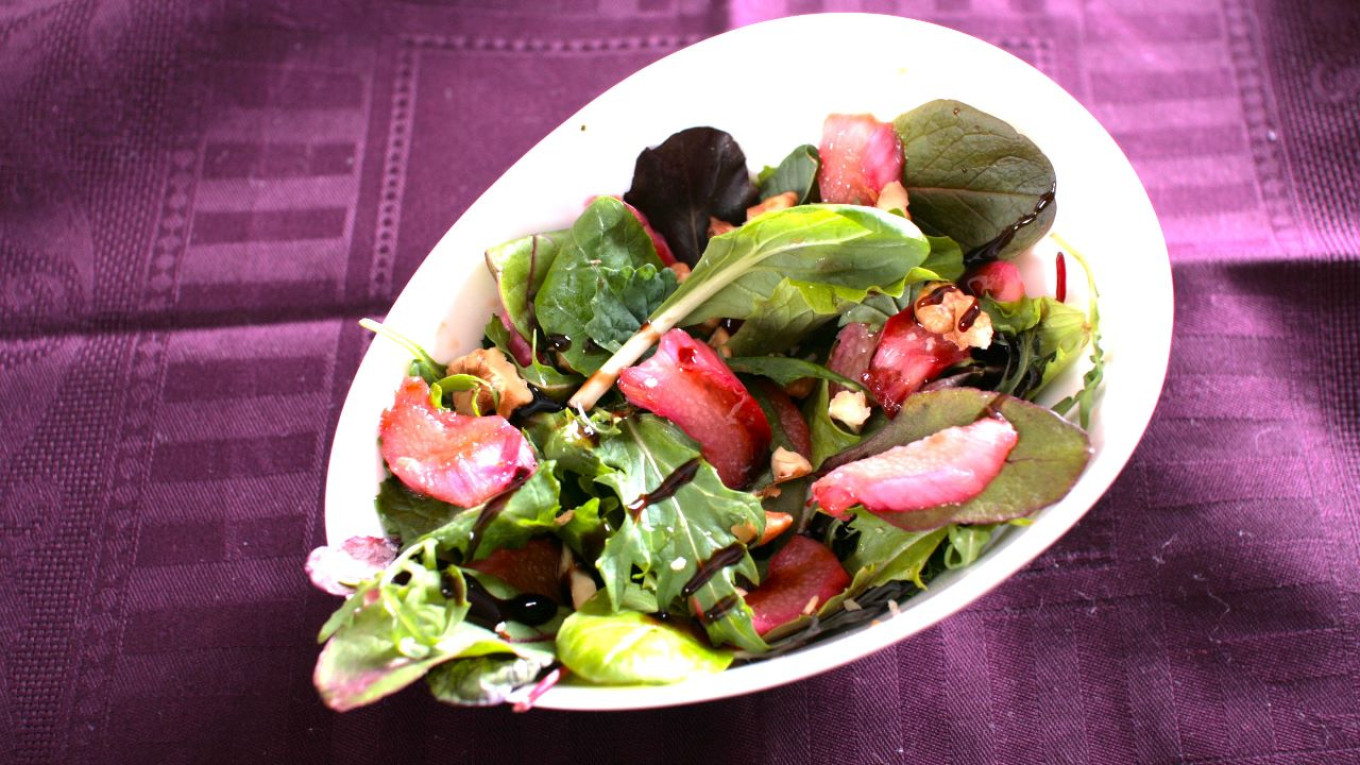
In the capital cities, of course the cuisine was more refined. But there was a place for rhubarb in fine restaurants and homes, too. "Rhubarb sauce has long been prepared in Russian kitchens, and is beloved by gastronomes," wrote Moskvityanin magazine in 1854. And what about rhubarb jam! "Stems should be cleaned, i.e., use a knife to remove the husk, then the cleaned stem should be cut into pieces, put into a bowl, covered with sugar and put on the stove. Stir it constantly and bring to a boil; continue to stir constantly to keep the green jam from turning brown.”
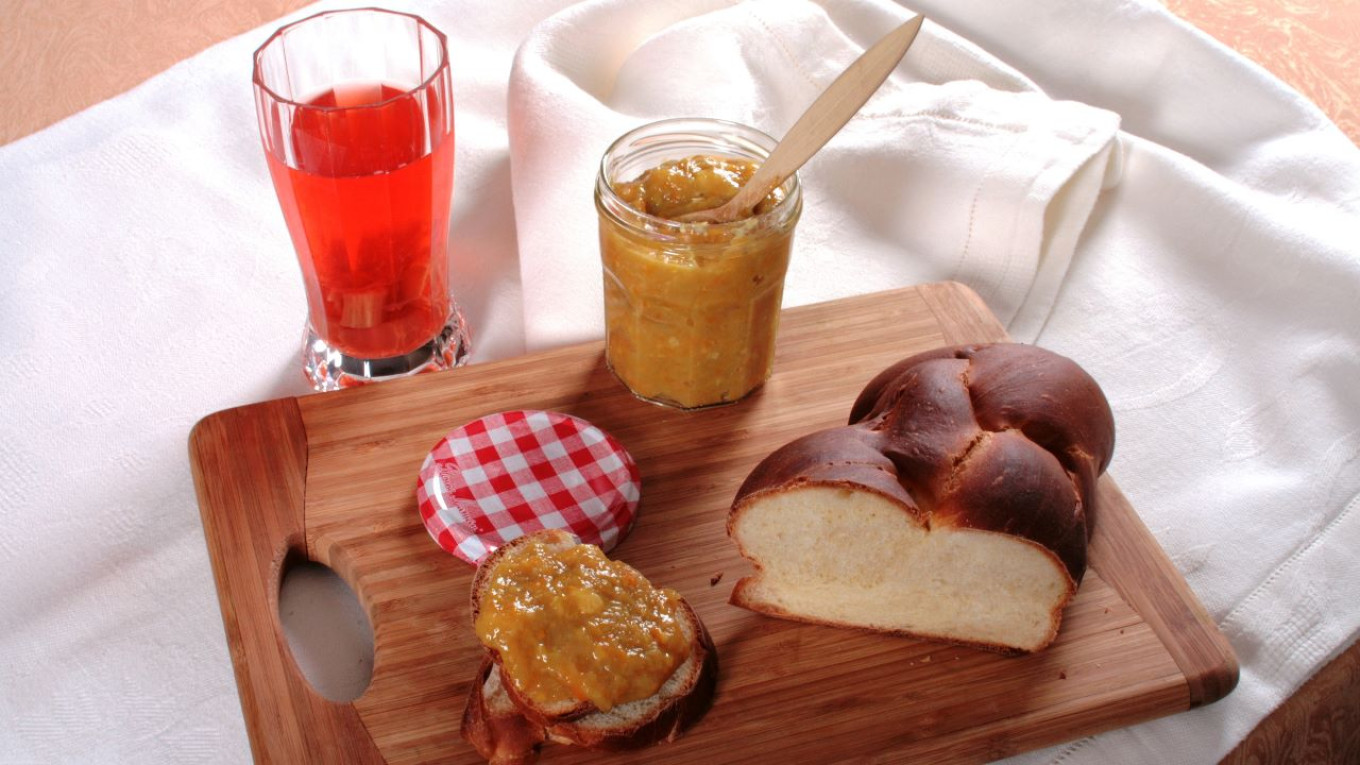
But rhubarb was prized more for its medicinal properties than its uses in the kitchen, although the benefits were closely related to nutrition. Rhubarb root was used to prepare one of the oldest medicines for diseases of the gastrointestinal tract; it increased appetite and was considered to be an excellent choleretic, laxative and general tonic. The beneficial properties of the root were well known in ancient China (2700 years BC). It was used in Persia, from where it found its way to Greece and Rome. Thanks to Marco Polo, its use was resumed in medieval Europe. It was transported there from China either by the silk route through Central Asia or via Indian ports.
Everything changed in the 17th century, when Russia began to actively develop Siberia, extending its trade relations to Eastern Turkestan and China. The best rhubarb traditionally grew in the provinces of Gansu, Sichuan and Yunnan. Since 1653 China had officially allowed cross-border trade with Russia. Later they sold their rhubarb at the Kyakhta Fair, an enormous trading fair in the village of Kyakhta, near the modern Russian-Mongolian border in Buryatia.
The tsars had a monopoly on the rhubarb trade from the 17th century. The government repeatedly tried to export the root of this plant. For example, there is evidence that in 1656 Tsar Alexei Mikhailovich sent Ivan Chemodanov as ambassador to Venice. In addition to his political tasks, he had two commercial assignments: to sell 400 sable pelts and 100 poods (3,600 lb) of rhubarb.
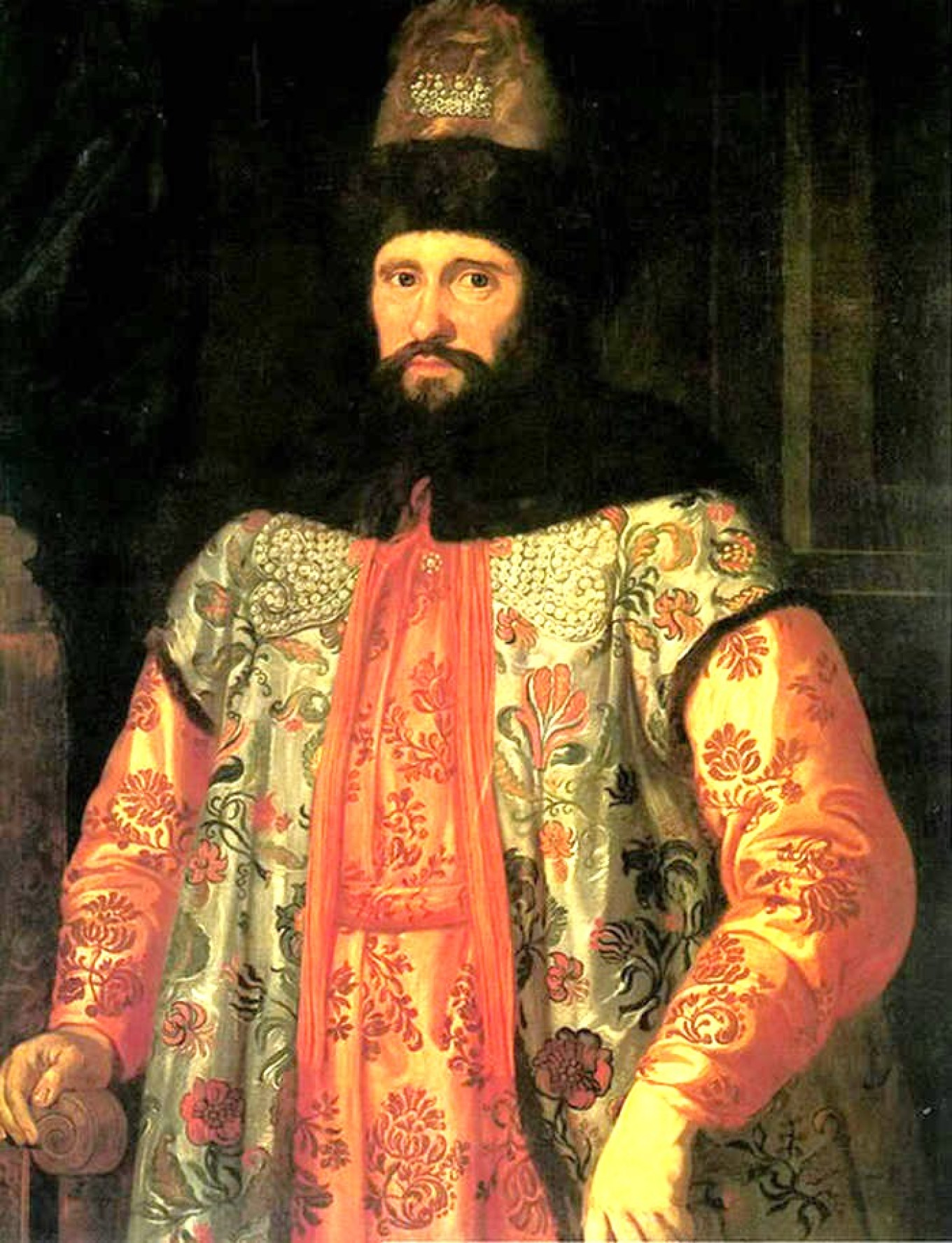
Chemodanov spent four weeks in Livorno on his mission. But the Italian merchants called his rhubarb “straggly” and noted that "they had plenty of their own from Turkey; in fact they were overstocked.” So Chemodanov had to return home with the rhubarb and report to the tsar. As historians delicately write, upon the ambassador's return to Moscow "there is no record of his service after 1657.”
The state monopoly existed with short breaks until 1782. English merchants bought rhubarb in Moscow in bulk. But the more profitable buyers for almost a century and a half were the Venetians. After the failure of Ivan Chemodanov, Russian merchants still managed to organize the delivery of rhubarb to Venice by land. Venetians paid for the medicinal root with their famous Venetian mirrors, magnificent velvet, crystal, and expensive ceremonial weapons. Many of the mirrors of the Winter Palace were purchased with "rhubarb" money.
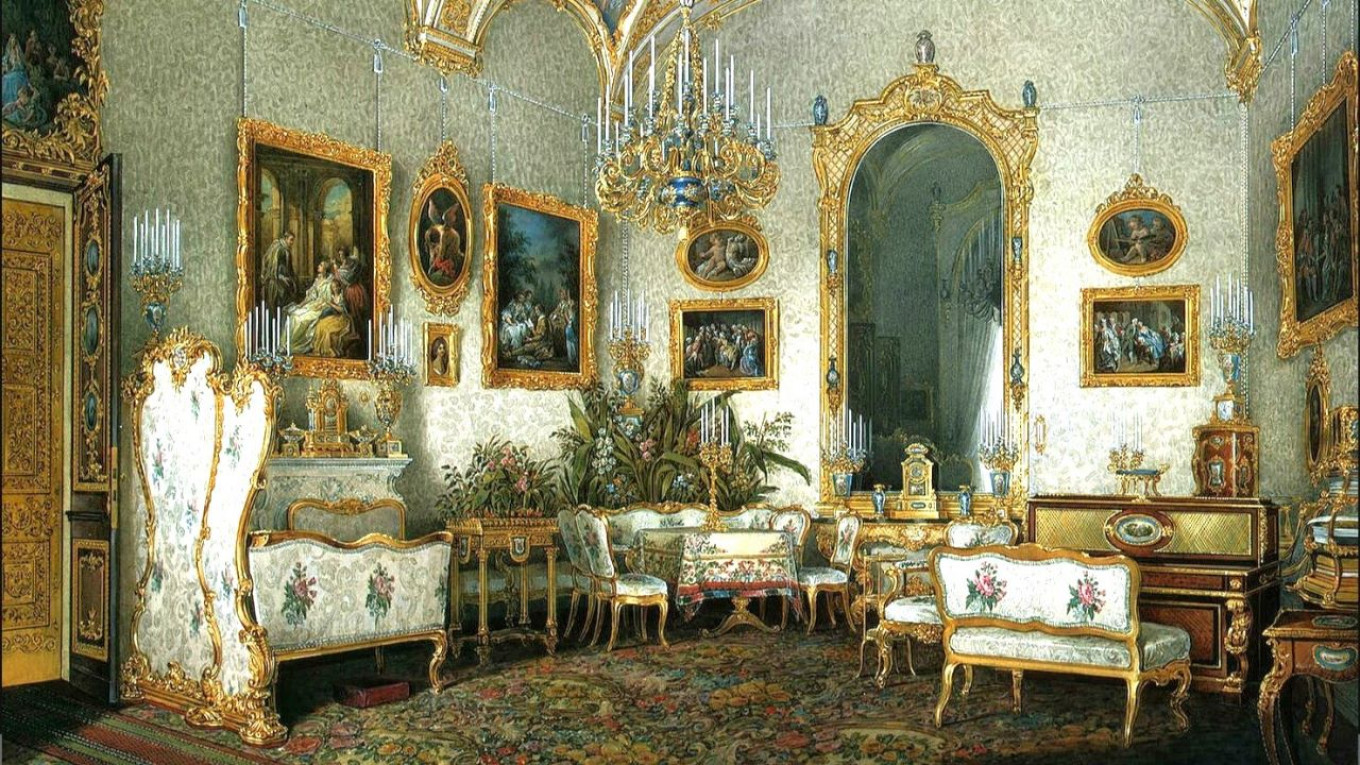
Siberian rhubarb (Rheum sibirica) grew in Russia in the southern Urals, the Altai and the Sayan Mountains. At the end of the reign of Catherine the Great, the authorities made unsuccessful attempts to cultivate rhubarb near Ust-Kamenogorsk, Biysk, Kuznetsk and Abakan. A little more than 50 years later — after two British and French Opium Wars with the Qing Empire — Chinese ports opened to international trade. As a result, by 1860 Russia lost its monopoly on this crop and practically stopped exporting it. And rhubarb, now competing with more effective medicines, is again used in our salads and jams, in recipes for rhubarb borscht, kissel, rhubarb with honey and rhubarb “leather.”
Our favorite dish is a tarte tatin made with rhubarb and strawberries. Of course, you can say that this isn’t Russian cuisine. However, it is no less Russian than Russian champagne, Russian tea, or Russian cutlets. It is a favorite part of our cuisine, and our family loves this pie.
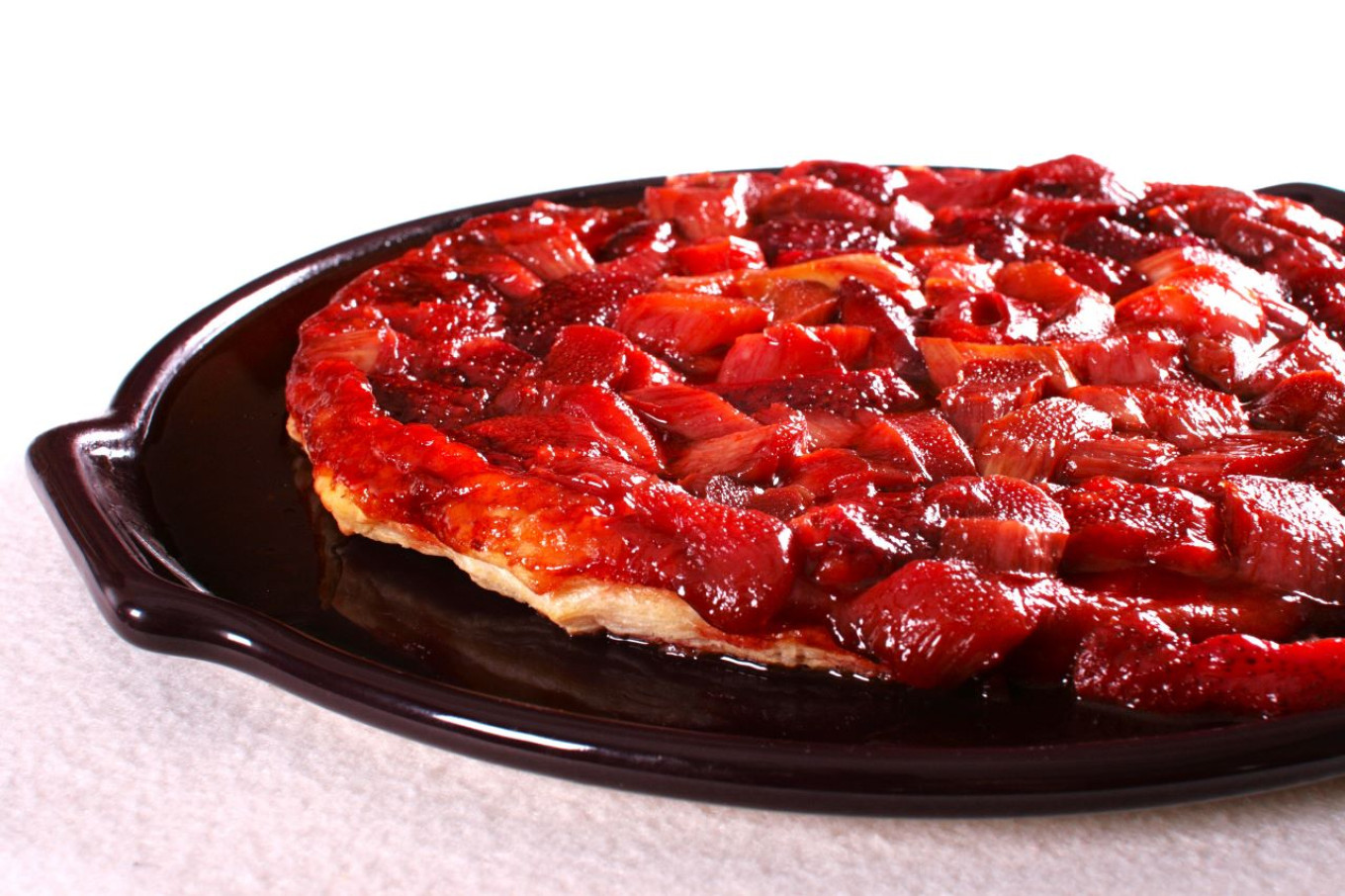
Rhubarb Tarte Tatin
Ingredients
- 1 puff pastry (about ½ lb)
- 400 g (4/5 lb) rhubarb
- 250 g (generous ½ lb) strawberries.
- 50 g (1/4 c) brown sugar
For the caramel
- 100 g (1/2 c) sugar
- 1 Tbsp water
- 50g (3 ½ Tbsp) butter
- salt
Instructions
- Cut the rhubarb into small pieces and cover with brown sugar.
- Mix well and put in a colander. Leave for 2 hours, letting the juices run off as much as possible.
- Thaw the puff pastry according to package instructions. Preheat oven to 200˚C/400˚F
- Make the caramel: Pour the sugar in a saucepan with a thick bottom and add 1 Tbsp water. Melt the sugar over medium heat and stir it until it darkens to a caramel color. Add 50 butter and a pinch of salt.
- Add the rhubarb and then place in a baking dish.
- Cut the strawberries in half and add them to the rhubarb. Cover the filling with the pastry and press the edges. Prick the dough with a fork.
- Bake for 30 minutes. Cool for 10-15 minutes, then cover with a serving plate and quickly flip over.
Note: A lot of juice is produced while baking. Most of it will soak into the pie. But if you don't like a moist base, drain off the excess. Best eaten warm.
A Message from The Moscow Times:
Dear readers,
We are facing unprecedented challenges. Russia's Prosecutor General's Office has designated The Moscow Times as an "undesirable" organization, criminalizing our work and putting our staff at risk of prosecution. This follows our earlier unjust labeling as a "foreign agent."
These actions are direct attempts to silence independent journalism in Russia. The authorities claim our work "discredits the decisions of the Russian leadership." We see things differently: we strive to provide accurate, unbiased reporting on Russia.
We, the journalists of The Moscow Times, refuse to be silenced. But to continue our work, we need your help.
Your support, no matter how small, makes a world of difference. If you can, please support us monthly starting from just $2. It's quick to set up, and every contribution makes a significant impact.
By supporting The Moscow Times, you're defending open, independent journalism in the face of repression. Thank you for standing with us.
Remind me later.



